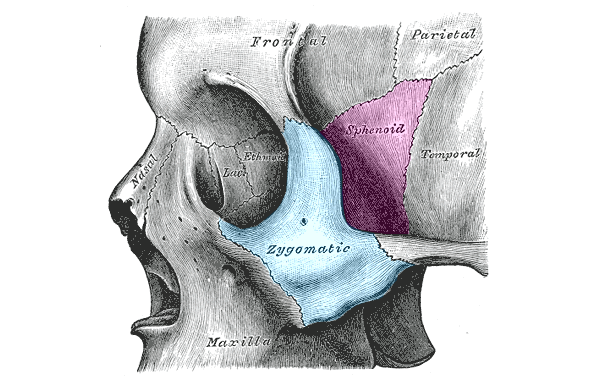These two types of implants, because they have a longer length than regular implants, are in a special category of dental implants used in cases where the patient has significant bone loss.
Like most regular implants, zygomatic (or zygomatic) and pterygoid implants are made of titanium, and the biggest difference between them is their placement area:
- The pterygoid implant is integrated into the Pterygoid process of the sphenoid bone, a bone that forms part of the base of the skull
- The zygomatic implant is fixed in the zygomatic or malar bone, an even rhomboidal bone that forms the most prominent portion of the face or cheekbone.
Both bones have a great hardness and density that, unlike the maxillary bone, is maintained over time, so they do not present bone resorption and provide an extraordinary anchorage in the posterior area of the maxilla.
To reach its anchoring area, zygomatic and pterygoid dental implants are considerably longer than conventional implants, reaching up to 55 mm in length, and are placed in an angled position.
The process of placing both types of implants is a short-term and minimally invasive intervention, which is no more complex than the placement of regular implants for a surgeon experienced in Advanced Implantology.








